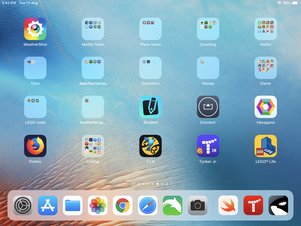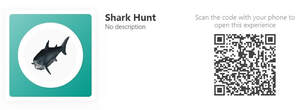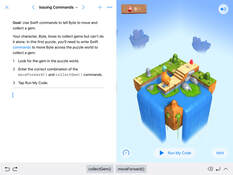Creating Apps

There are plenty of free sites and apps that allow students to create their own apps. These provide an authentic context for learners to use computational thinking whilst designing a digital outcome. The choice of platform for creating the app will depend on the experience of the learners, what sort of app they want to create, and who their target audience is. Involving students in that decision-making process is part of the D.D.D.O. progress outcomes:
P.O. 2: "... They can select from an increasing range of applications and file types to develop outcomes for particular purposes. "
P.O. 3: "... They identify the key features of selected software and choose the most appropriate software and file types to develop and combine digital content."
Before starting students should research other similar apps to explore their mechanics etc. They should be clear about the purpose and target audience of the app. Planning the app using a flowchart before starting will be very helpful. Once they have created it they should test it with their target audience and modify from feedback.
P.O. 2: "... They can select from an increasing range of applications and file types to develop outcomes for particular purposes. "
P.O. 3: "... They identify the key features of selected software and choose the most appropriate software and file types to develop and combine digital content."
Before starting students should research other similar apps to explore their mechanics etc. They should be clear about the purpose and target audience of the app. Planning the app using a flowchart before starting will be very helpful. Once they have created it they should test it with their target audience and modify from feedback.
|
Google Slides - You can create a very basic app easily using hyperlinking in Google Slides.
You can set Google Slides to a custom size in page set up. Create a Home screen with images and text that you then link to other pages in the presentation or to outside sites such as a calendar or other Google docs. When finished you can publish to the web or share the link. Adjust the sharing settings to public or you can just publish in your school domain or even to selected email addresses. Users can add the link to their home screen (in Safari in ios and Chrome in Android) which will then open the app. |
|

Metaverse - easy to use and suitable for a range of ability levels. Familiarity with Flowcharts or Pick-a-path type stories will be helpful. You develop the app on the Metaverse site then use the ios or Android phone or tablet app to play it by scanning the QR code. You can select from the library of objects to add or upload your own. Students can create games, stories, quizzes, information apps etc. To create an app users add items to screens. Those items could be text or images but there are also code commands to select.
|

Swift - this is the language used by ios devices. Use the iPad Swift Playground app to learn the language (a bit like Hour of Code activities) then create your own app. To create apps you use XCode on a Mac,computer. Teacher notes. I would recommend this for learners who already have some previous experience with coding. Swift language has similarities to Objective C, Python, C#, Ruby and other programming languages.
|


